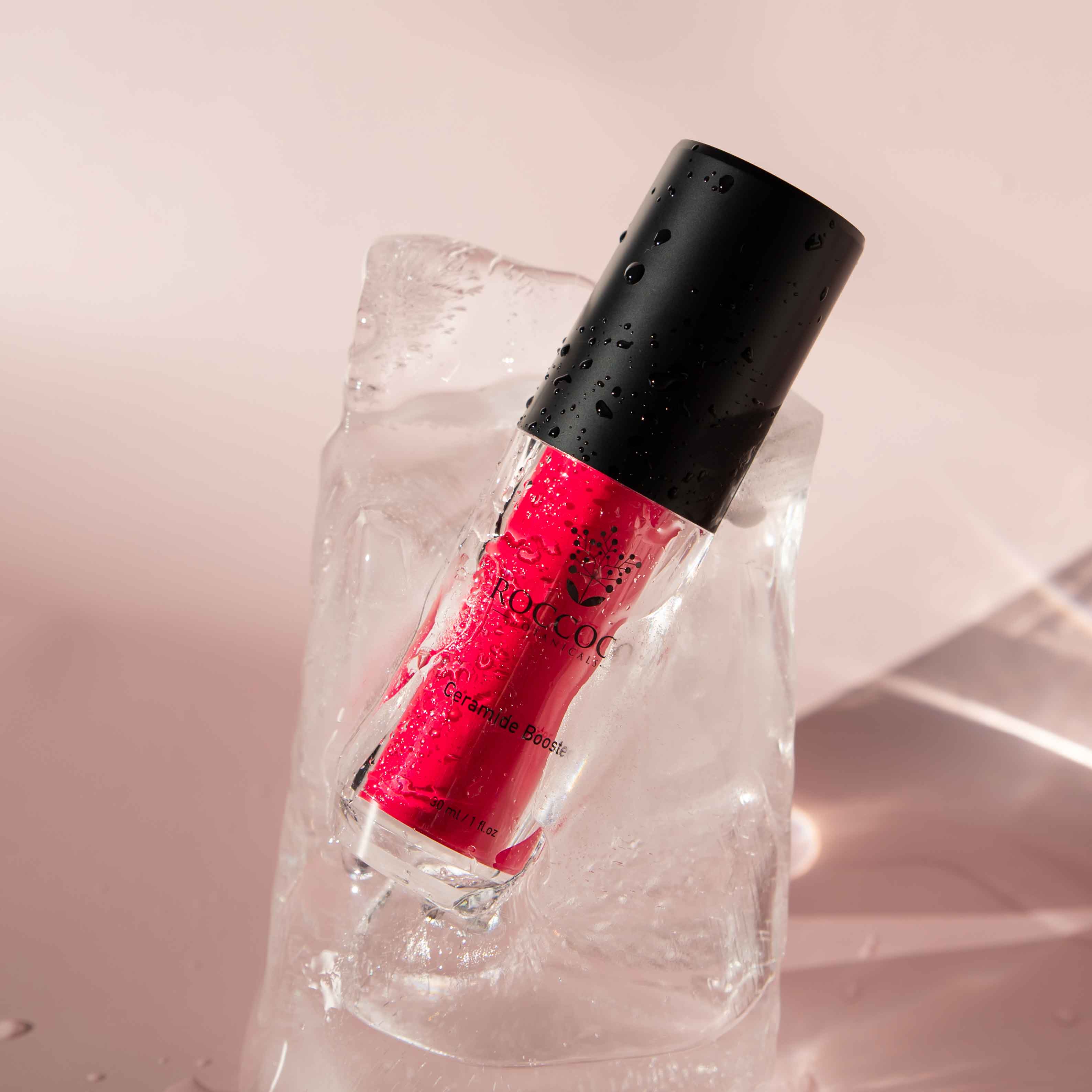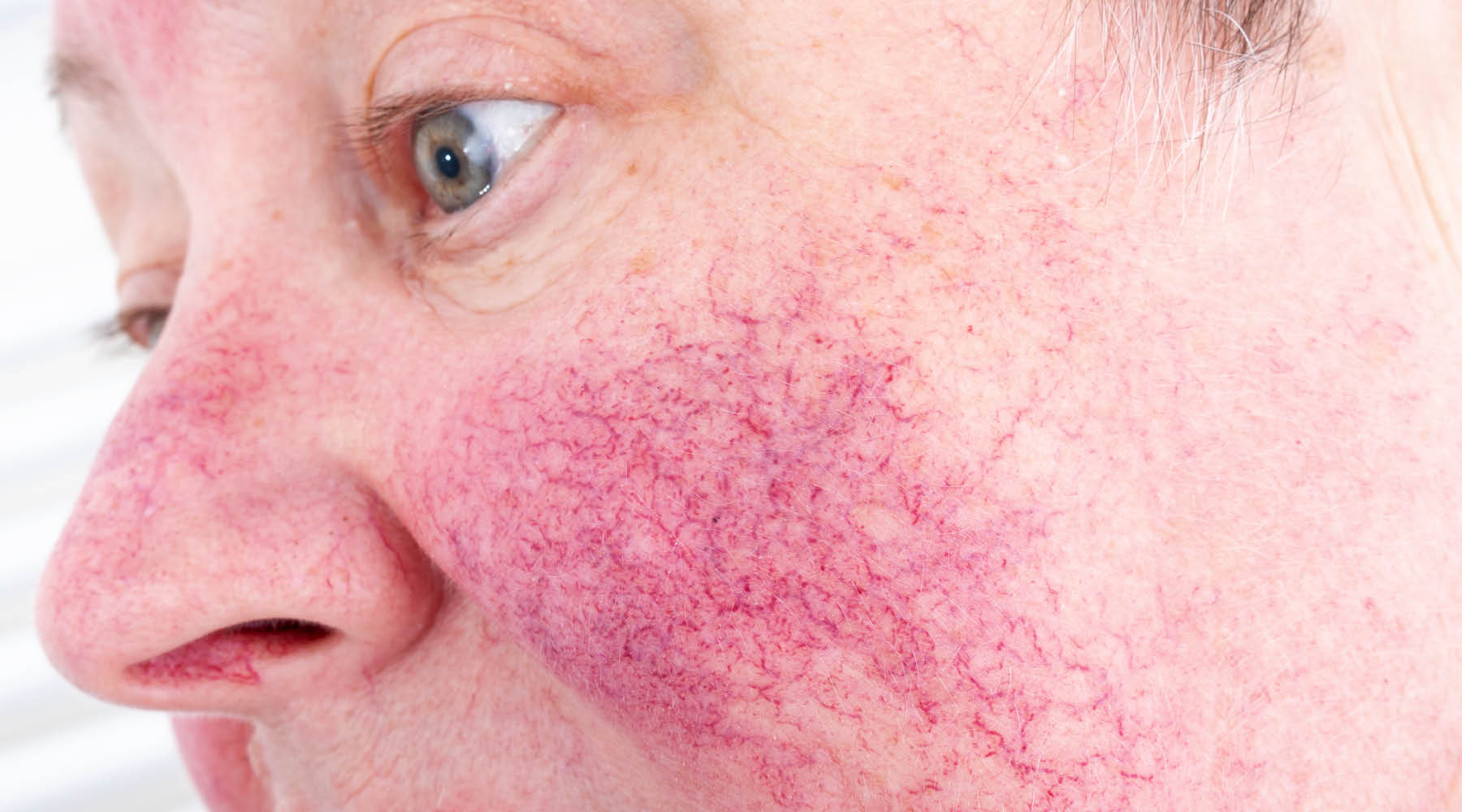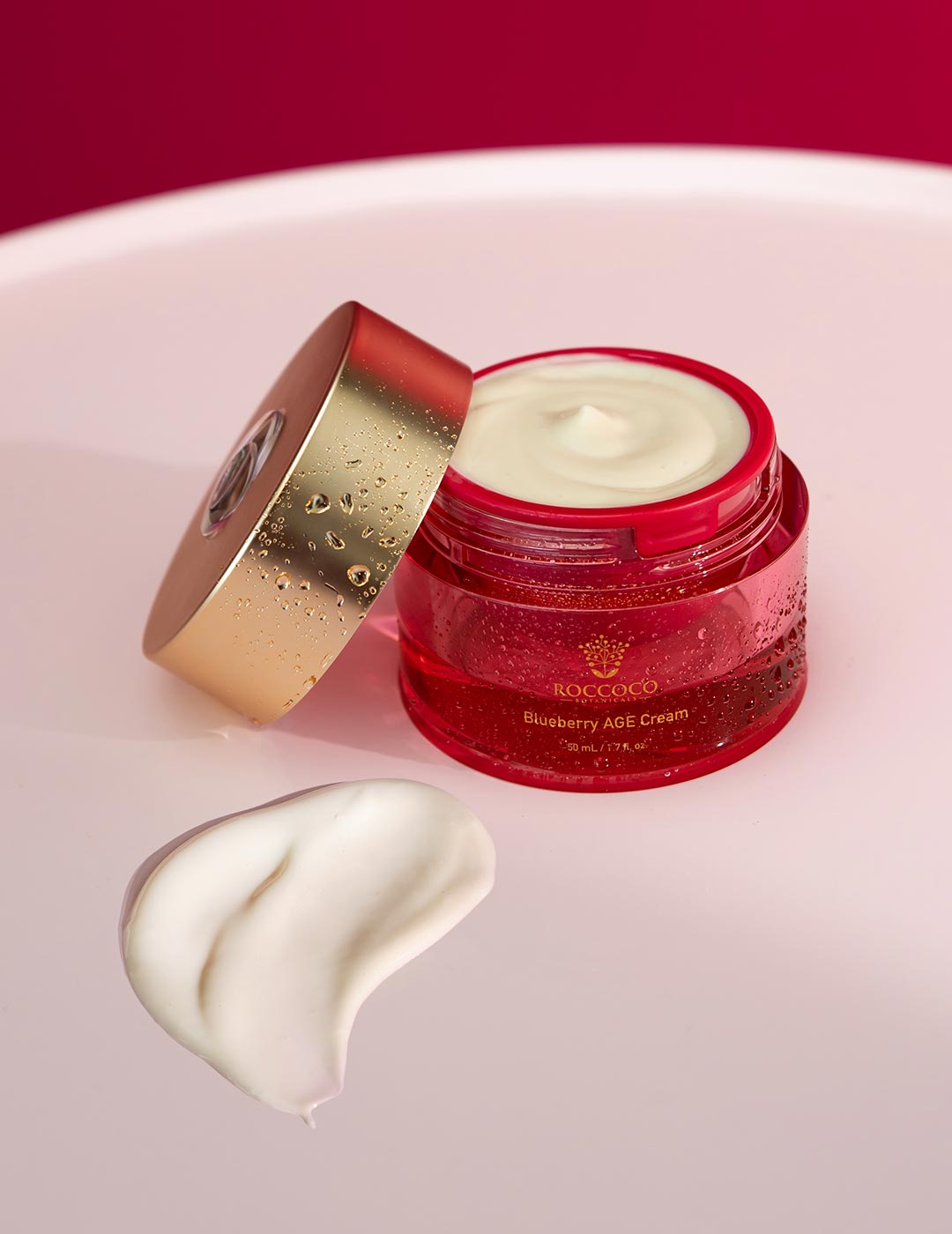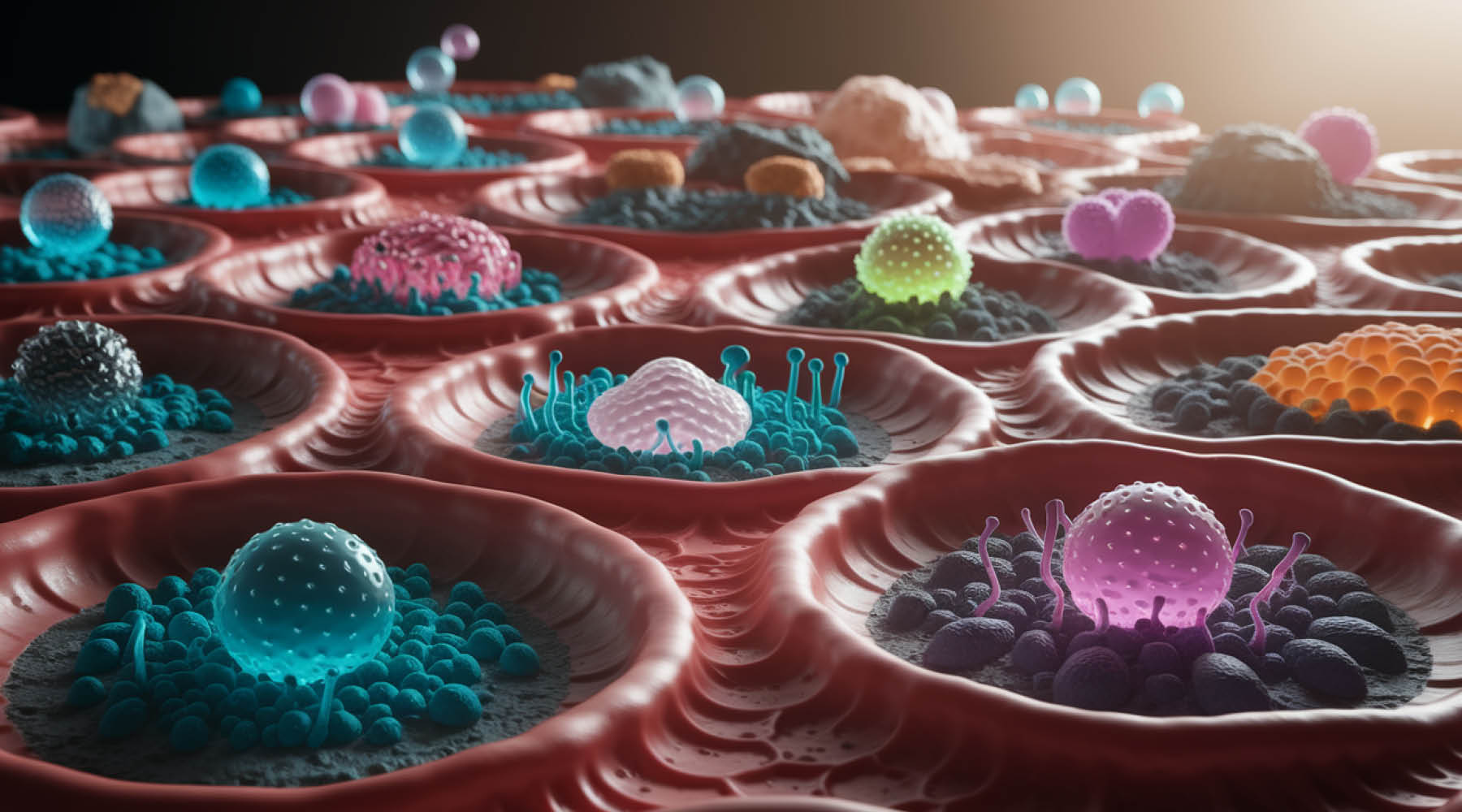A 2025 study published in Frontiers in Cellular and Infection Microbiology uncovered critical new insights into the relationship between negative emotional states (like anxiety and depression) and adolescent acne severity. Researchers confirmed that emotional stress doesn't just affect hormone levels — it actually changes the skin's microbiome, which plays a direct role in acne development and severity.
Study Summary:
-
Participants: 166 adolescents, aged 15–18.
-
Groups: Divided into four categories:
-
NC: No acne, no negative emotions.
-
NS: Acne without negative emotions.
-
YC: Negative emotions without acne.
-
YS: Acne with negative emotions.
-
-
Key Findings:
-
Emotional stress worsens acne: Adolescents with both acne and negative emotions had significantly worse acne severity.
-
Microbiome diversity changes: Acne patients (especially those with stress) had higher bacterial diversity but also unstable, disrupted microbiomes.
-
Important shifts in bacteria:
-
Cutibacterium (C. acnes): Typically abundant in healthy skin, decreased with negative emotions.
-
Acinetobacter: A pathogenic genus, increased in stressed acne patients.
-
Roseomonas: A beneficial genus for skin barrier health, decreased in stressed individuals.
-
-
-
Functional Impact:
-
The stressed skin microbiome showed more disrupted metabolic functions, including those linked to inflammation and impaired skin barrier repair.
-
What This Means for Estheticians:
1. Mind-Skin Health is Real — And Must Be Addressed
-
Emotional wellbeing directly impacts acne by altering the skin's microbiome.
-
Ignoring a client’s stress, anxiety, or emotional health could lead to treatment failures or flare-ups.
2. Barrier Repair Should Be Priority #1
-
Because stress disrupts key protective bacteria like Roseomonas and reduces Cutibacterium health, a damaged barrier becomes inevitable.
-
Focus on barrier-restoring treatments: hydration, ceramides, microbiome-friendly ingredients, and calming therapies.
3. Use Products That Respect and Rebuild the Microbiome
-
Avoid harsh exfoliants, aggressive treatments, and high-alcohol products — these further damage an already fragile microbiome.
-
Recommend prebiotics, probiotics, and postbiotics to nourish beneficial bacteria.
-
Prioritize botanicals that are anti-inflammatory and barrier-repairing, but non-disruptive to the microbiome.
4. Include Stress-Reducing Techniques in Your Services
-
Offer stress-relieving add-ons: LED light therapy (especially red light), gentle massage, aromatherapy.
-
Recommend stress management: breathing techniques, sleep hygiene tips, and referrals to appropriate professionals when needed.
5. Client Education is Key
-
Explain to clients that emotional health and skin health are intertwined.
-
Encourage a holistic view: managing stress, maintaining good skincare habits, and choosing the right products.
This groundbreaking study confirms that the brain-skin-microbiome axis is a reality — not a theory. As an esthetician, you are on the frontlines of addressing not just what appears on the skin but also what is happening underneath — including emotional factors.
Elevating your practice to include emotional awareness and microbiome stewardship will position you as a next-generation skin health expert.
Read more

In the world of skincare journalism, well-meaning advice often skims the surface, leaving critical gaps that prevent consumers from achieving transformative results. Byrdie's recent article, "What ...

Rosacea can feel like a life sentence—but it’s not. While it's chronic, your skin’s story is still being written. And with the right science-backed rituals, you can reclaim calm, clarity, and confi...



